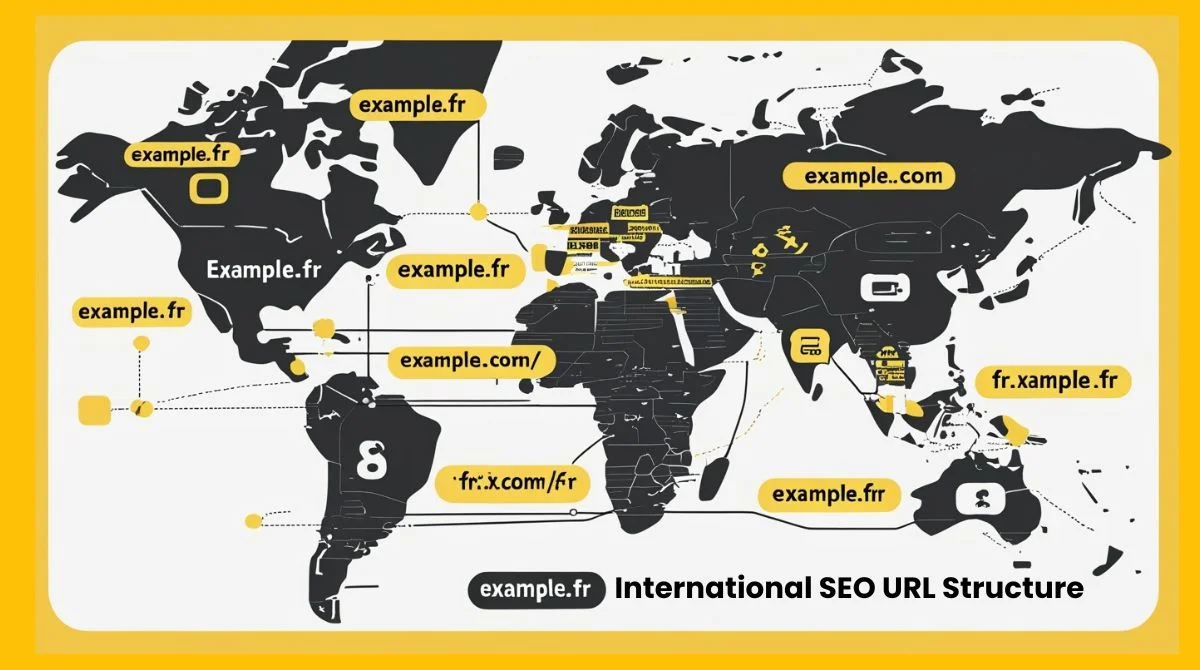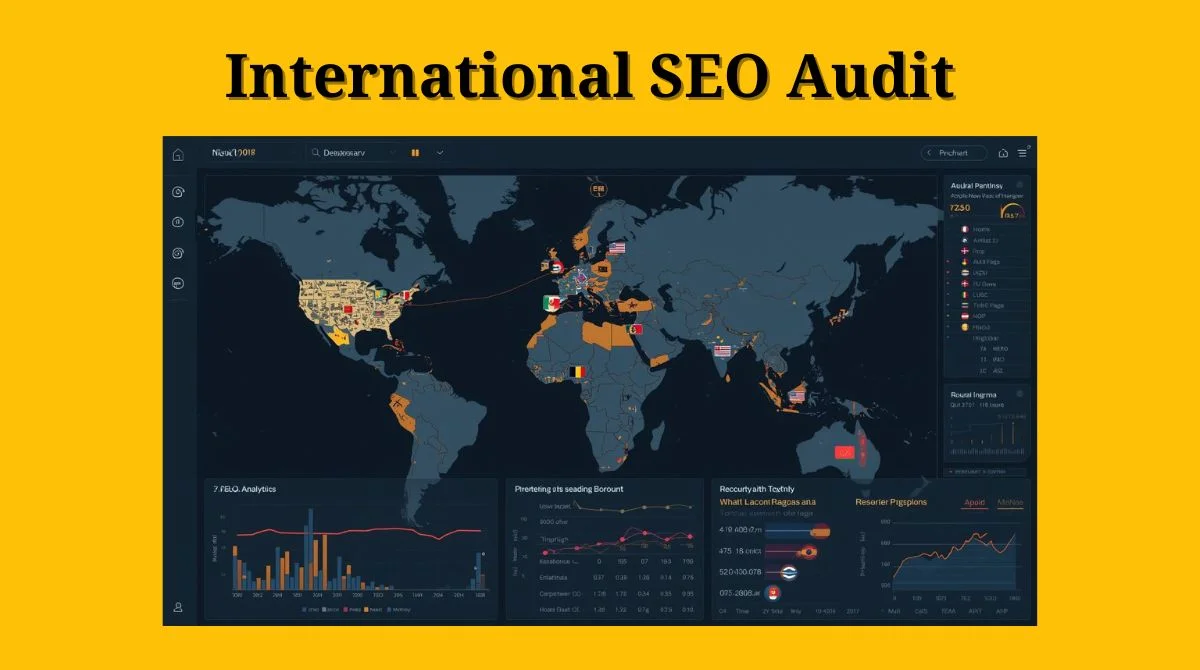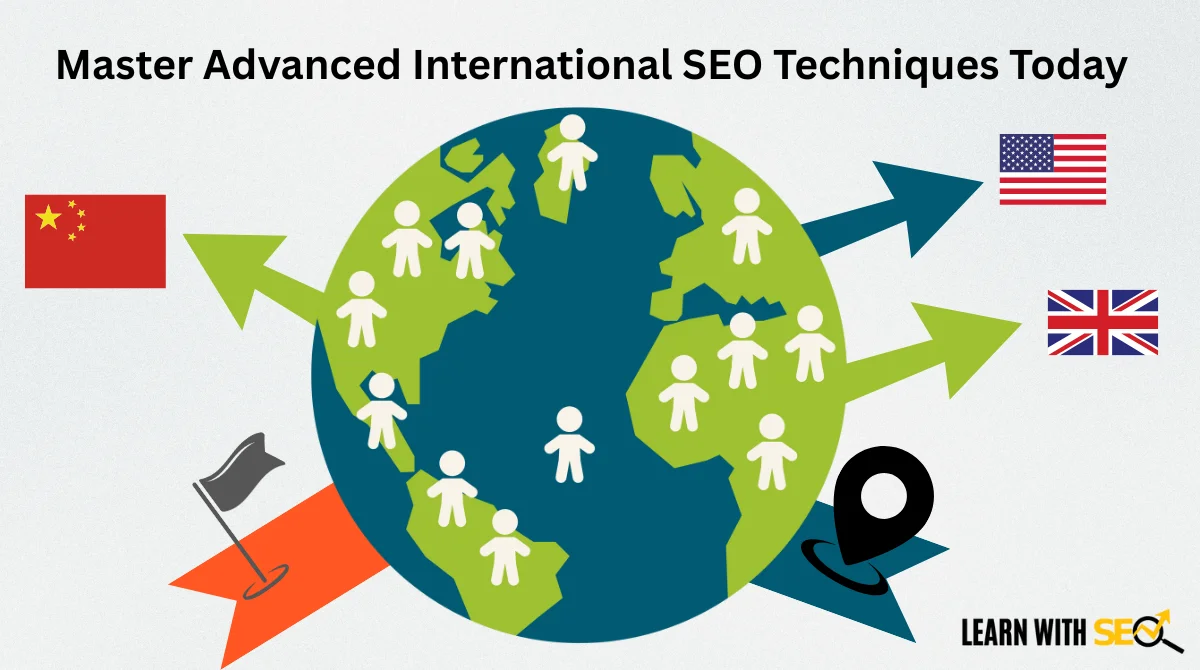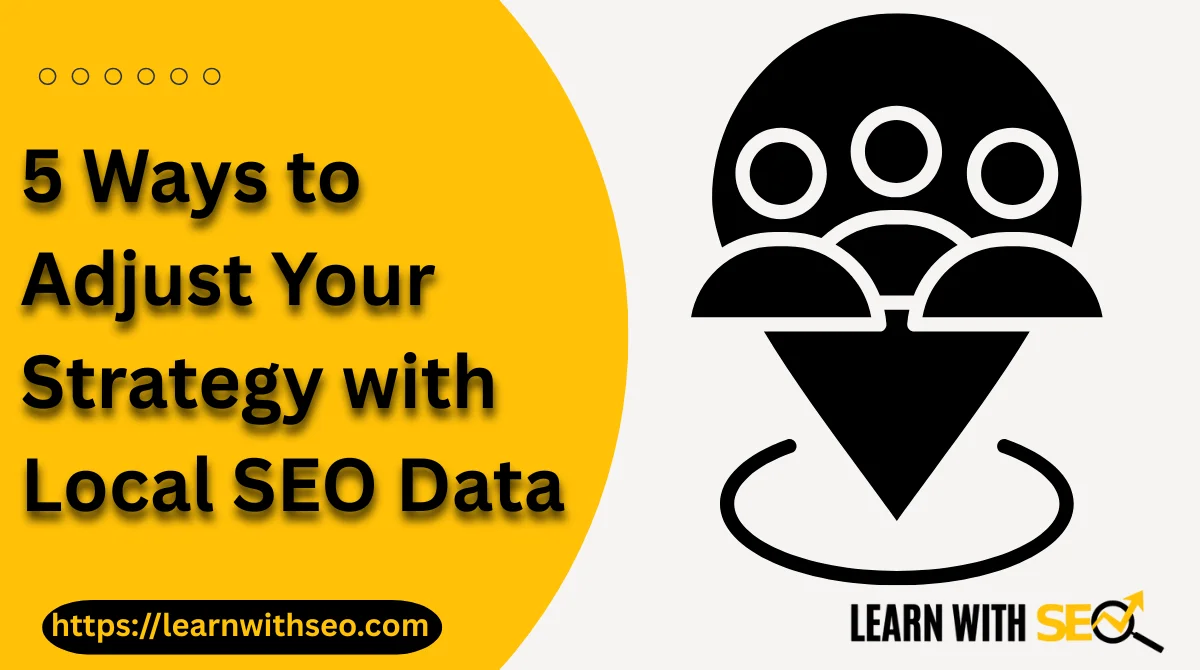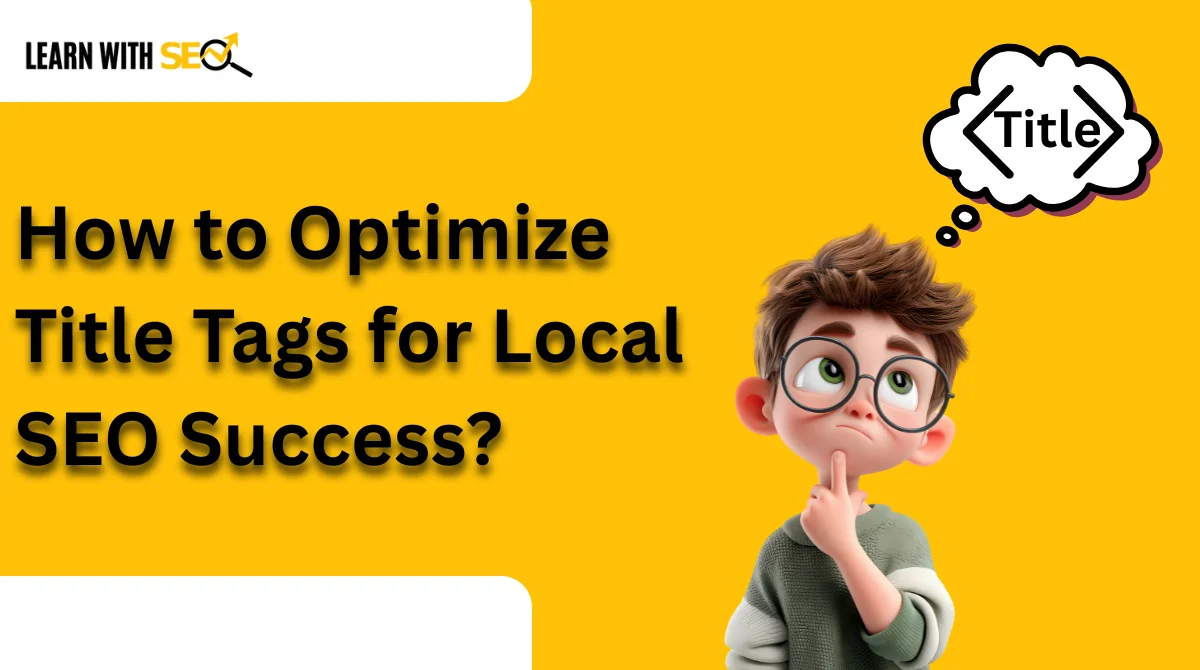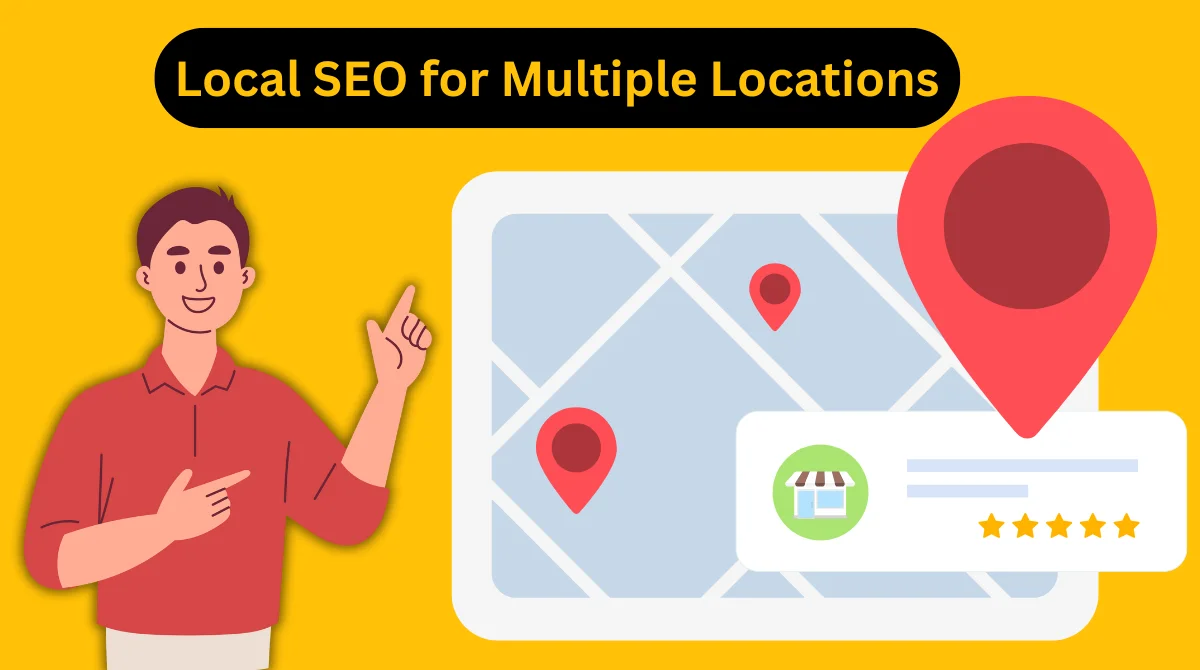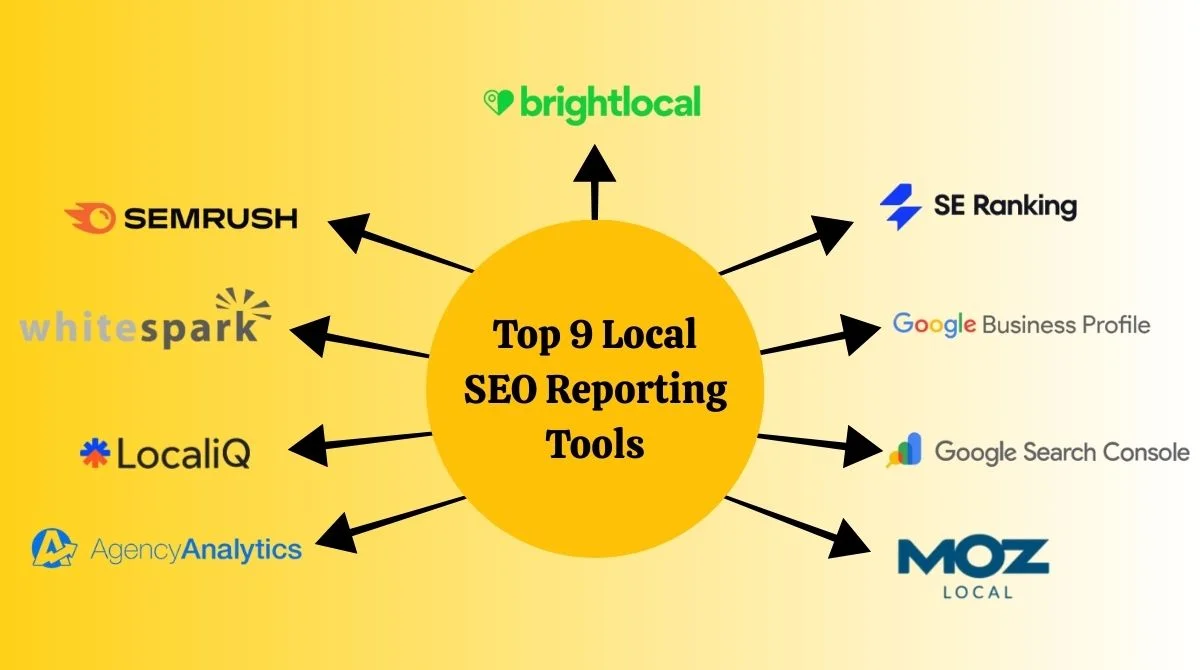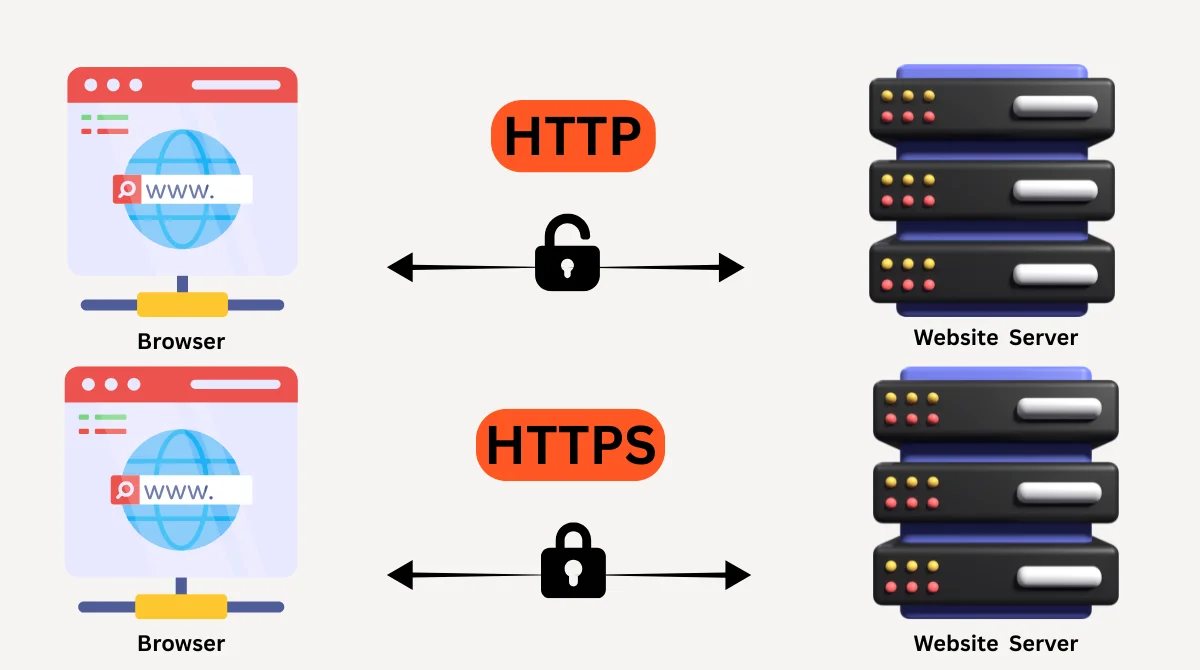Running ads online is not just about setting up campaigns and waiting for clicks. A successful pay-per-click (PPC) and paid search advertising campaign depends heavily on how well you understand and target your audience. If you don’t know who your audience is, you risk wasting money showing ads to people who will never convert. On the other hand, when you have a winning paid search strategy, you increase the chances of reaching the right people at the right time with the right message.
What is a PPC Audience Strategy?
A PPC audience strategy is a structured plan that helps you define and target groups of people who are most likely to respond to your ads. Instead of casting a wide net, you focus on segments based on demographics, interests, behavior, or intent. This makes your campaigns more effective, lowers wasted spend, and increases return on investment (ROI).
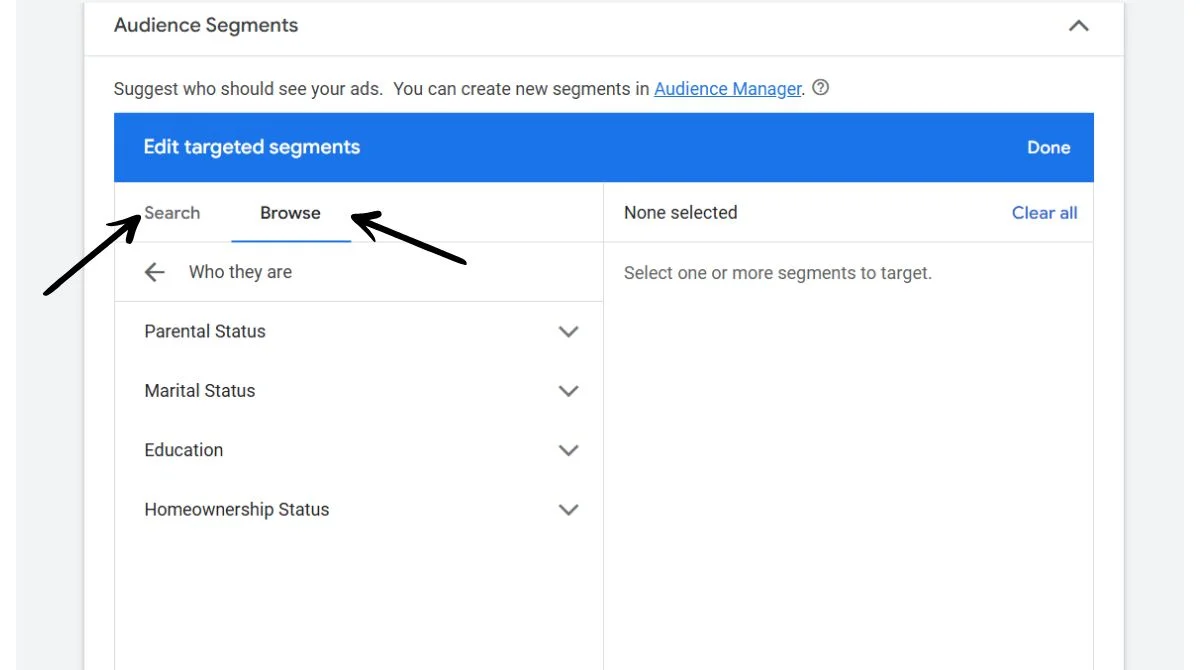
Why is Audience Targeting Important in PPC?
Without the right targeting, PPC campaigns can quickly burn through budgets with little to show. Audience targeting allows advertisers to:
- Save money by avoiding irrelevant clicks.
- Reach the right people who are most likely to convert.
- Customize ad messages for different audience segments.
- Improve Quality Score, which reduces cost per click.
- Increase ROI by focusing on high-value prospects.
Simply put, targeting ensures you’re not just visible, but visible to the right audience.
Steps to Develop a Winning PPC Audience Strategy
Building a strong audience strategy for PPC requires careful planning, data analysis, and ongoing PPC optimization. It’s more than simply placing ads; it’s about connecting with the right audience through the right message. Below are the key steps explained in detail:
1. Define Your Business Goals
The starting point of every PPC campaign is to establish clear and defined goals. Without goals, you won’t know what success looks like or how to measure it. Business objectives can differ based on your specific needs. For example, if your goal is sales, then you’ll focus on reaching people who are ready to buy.
If your goal is lead generation, you’ll target people who are still exploring options and need nurturing before converting. For brand awareness, you may want a broader audience to introduce your company to more people.
Clear goals help you align your targeting, ad creatives, and budget with your desired outcomes. It also helps measure success through KPIs like conversions, sign-ups, or click-through rates.
2. Identify Your Ideal Customer Persona
To build a winning strategy, you need to know your audience inside out. A customer persona is a research-based, semi-fictional profile that represents your ideal buyer. It covers factors such as age, gender, income level, location, and interests. Beyond demographics, you should also understand what problems they face, what motivates them, and what solutions they are seeking.
For example, if you sell fitness equipment, your audience may include young professionals looking for home workout solutions or older adults interested in health and mobility. The more detailed your persona is, the easier it becomes to create ads that resonate with them.
3. Use Audience Segmentation
Not all customers are the same, so treating them equally in your campaigns can hurt performance. Rather, focus on audience segmentation, the process of dividing users into smaller groups with common characteristics.
Some effective ways to segment include:
- Demographics: age, gender, education, or income.
- Location: targeting by country, city, or even within a specific radius around a store.
- Interests: hobbies, lifestyle preferences, or online activities.
- Behavior: past purchases, browsing habits, or brand interactions.
- Remarketing lists: people who visited your website but did not complete a purchase.
Segmentation allows you to deliver personalized ads that connect better with each group instead of using generic messaging.
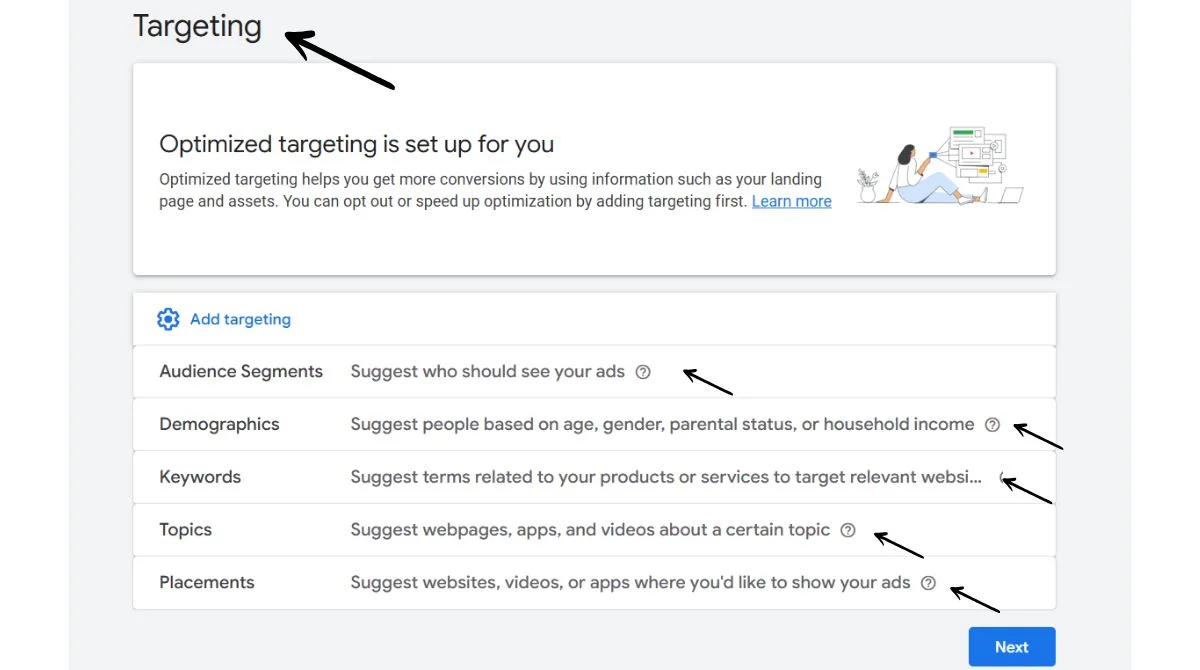
4. Leverage Remarketing
Remarketing stands out as one of the most effective strategies in PPC. It targets people who have already interacted with your brand, such as visiting your website or engaging with your app. These users are usually closer to purchasing because they’re already familiar with your business.
Examples include:
- Showing ads to customers who abandoned their cart without completing checkout.
- Targeting visitors who browsed a service page but didn’t sign up.
- Offering discounts to previous buyers to encourage repeat purchases.
Remarketing keeps your brand visible and helps increase conversions since you’re reaching warm leads, not cold traffic.
5. Use Lookalike or Similar Audiences
Platforms like Google Ads, Facebook Ads, and LinkedIn Ads let you create lookalike (or similar) audiences. These are groups of people who share similar interests, demographics, or behaviors with your existing customers.
For example, if your current customers are mostly young professionals in urban areas, lookalike audiences will help you find more people with those same traits. This expands your reach to potential customers who are more likely to be interested in your business, without wasting ad spend on irrelevant groups.
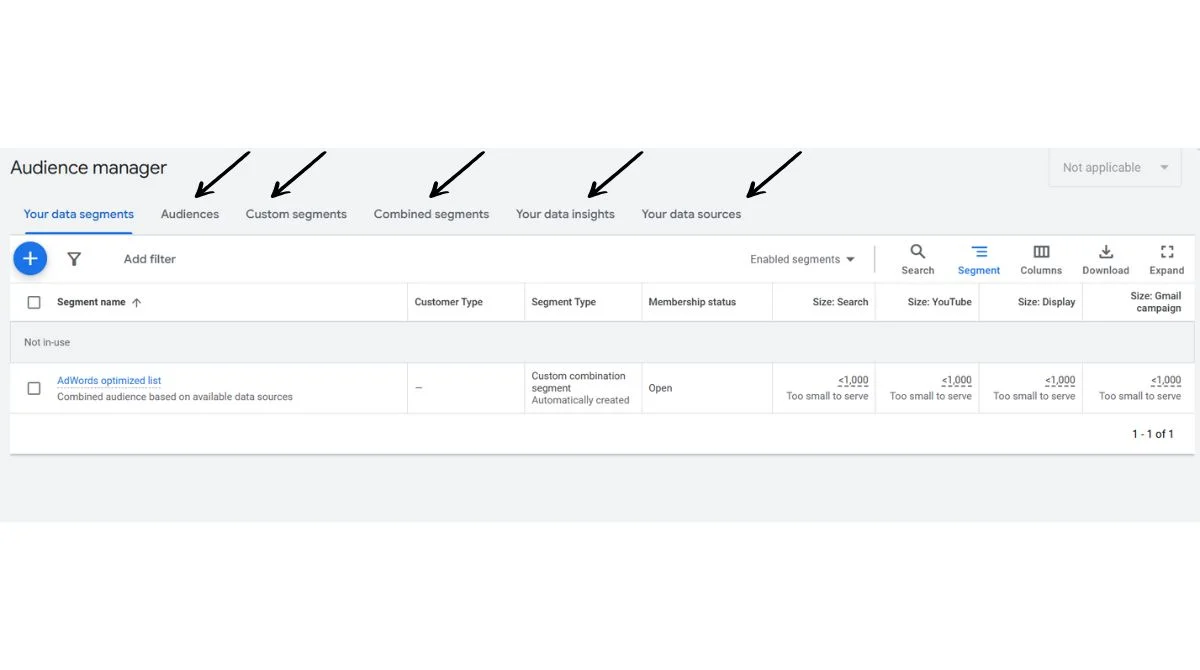
6. Match Audience with Buyer’s Journey
Not all customers are at the same stage in their journey. Some are just discovering your brand (awareness stage), while others are comparing options (consideration stage), and a few are ready to buy (decision stage). To maximize conversions, you should align your audience strategy with these stages.
- Awareness stage: Use broad targeting with educational or brand-focused ads. Example: “Discover our eco-friendly home cleaning products.”
- Consideration stage: Show reviews, comparisons, or product demos to people evaluating their options. Example: “Find out why customers choose us instead of the competition.”
- Decision stage: Focus on strong CTAs, offers, or discounts. Example: “Save 20% on your first order today.”
This way, you’re not pushing sales too early but guiding users step by step until they’re ready to convert.
7. Test Different Audiences
PPC campaigns thrive on experimentation. Don’t limit yourself to one targeting method; test multiple options to see what performs best. Some useful testing methods include:
- Combining keywords with audience targeting.
- Trying custom intent audiences (people actively searching for your product).
- Leveraging affinity audiences (users interested in topics connected to your industry).
- Targeting in-market segments (users who are actively considering a purchase in your category).
By running tests and comparing results, you can discover which audiences bring the highest conversions at the lowest cost.
8. Create Tailored Ad Copy for Each Audience
Even with perfect targeting, ads won’t perform if the messaging doesn’t connect. Your ad copy should be personalized for each audience segment.
- For budget-conscious buyers, highlight discounts, free shipping, or affordability.
- For premium buyers, focus on exclusivity, high quality, or luxury appeal.
- For past visitors, use reminders of products they viewed or carted.
Customized ad copy makes your message more impactful, boosting both click-throughs and conversions.
9. Use Negative Audiences
Just as important as targeting the right people is avoiding the wrong ones. Negative audiences help you exclude groups that won’t convert, preventing wasted ad spend.
For example:
- Exclude people who already purchased your product (unless you’re promoting upgrades).
- Exclude job seekers if you’re advertising services, not hiring.
- Exclude locations outside your target market.
By filtering out unqualified traffic, your budget is used more efficiently.
10. Monitor and Optimize Regularly
A winning PPC audience strategy is not “set it and forget it.” Audience behavior changes over time, and what works today may not work tomorrow. That’s why regular monitoring and optimization are essential.
Keep an eye on key metrics such as:
- Click-through rate (CTR): Are users interacting with your ads?
- Conversion Rate: Are your clicks actually resulting in leads or sales?
- Cost per conversion: How much are you paying for each result?
- Return on Ad Spend (ROAS): Is your campaign bringing in profitable results?
If a particular audience isn’t delivering results, tweak it or put it on hold. If another segment is giving high returns, increase the budget there. Constant refinement ensures long-term success.

Targeting vs. Observation Audience
When creating PPC campaigns, platforms like Google Ads allow you to choose between Targeting and Observation audience settings. Both play an important role, but they work differently. Knowing how and when to use them can help you maximize ROI.
What is Targeting?
Targeting means your ads will only show to the specific audience you select. You’re basically targeting your campaign toward a specific set of individuals who fit the criteria you’ve selected.
Example: If you run a real estate business and select the audience “In-Market for Buying a House,” your ads will only appear to users Google has identified as actively looking for properties. This ensures your budget is focused only on potential home buyers, not random visitors.
Benefits of Targeting:
- Focus the budget on highly relevant users.
- Reduces wasted spend.
- Allows for very specific ad messaging.
What is Observation?
Observation doesn’t confine your ads only to the audience you’ve chosen. Instead, your ads can reach a wider group, but you collect data about how different audience segments perform. This is especially helpful when you’re testing or want insights into potential new markets.
Example: Suppose you’re running a clothing brand campaign targeting all online shoppers, but you also set “Fashion Enthusiasts” under Observation.
Your ads will still reach everyone, but you’ll see detailed performance data about how Fashion Enthusiasts behave, whether they click more, convert better, or spend more. You can then decide if you want to target them specifically in future campaigns.
Benefits of Observation:
- Let’s you test new audiences without losing reach.
- Provides insights into audience performance.
- Helps refine bidding and targeting decisions.
Best Practices for a Winning PPC Audience Strategy
To make your strategy more effective, keep these best practices in mind:
- Always align your targeting with campaign goals.
- Avoid overly broad targeting that wastes budget.
- Start with small segments and expand gradually.
- Use both first-party data (your own) and third-party data (from ad platforms).
- Keep testing new audiences to stay ahead of the competition.
Common Mistakes to Avoid
Many advertisers struggle because they fall into these traps:
- Targeting too many audiences at once.
- Using generic ad copy for all segments.
- Not excluding irrelevant audiences.
- Ignoring remarketing opportunities.
- Failing to track performance properly.
Avoiding these mistakes can save you time and money while driving better results.
Final Thoughts
A winning PPC audience strategy is an ongoing process of knowing your customers, segmenting them, personalizing messages, and refining through data. By setting clear goals, building personas, and testing different segments, you ensure your campaigns reach the right people, not just more people. The real key to PPC success is understanding your audience better than your competitors and delivering exactly what they need.


